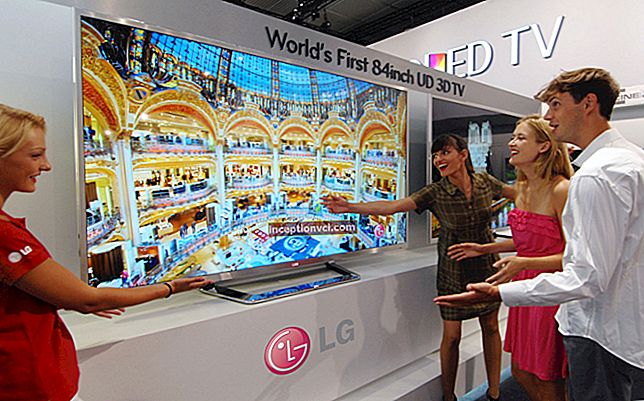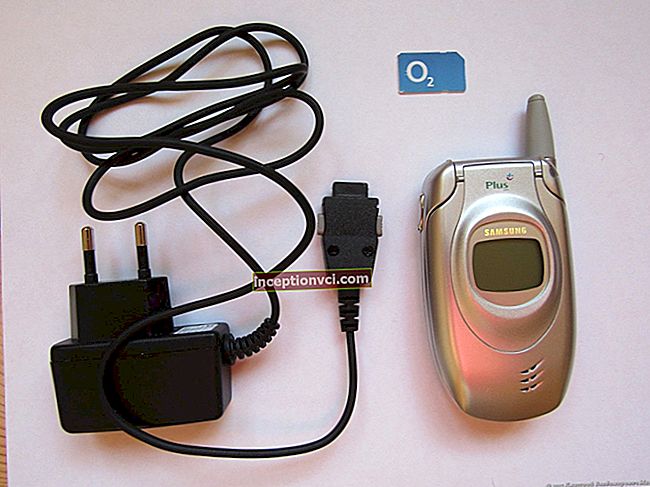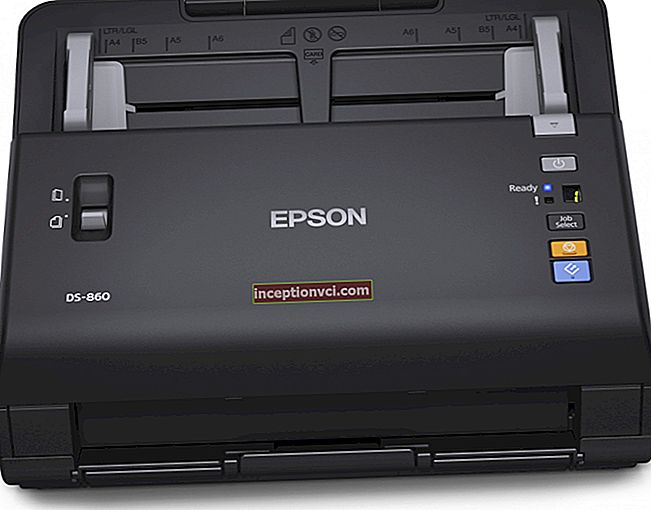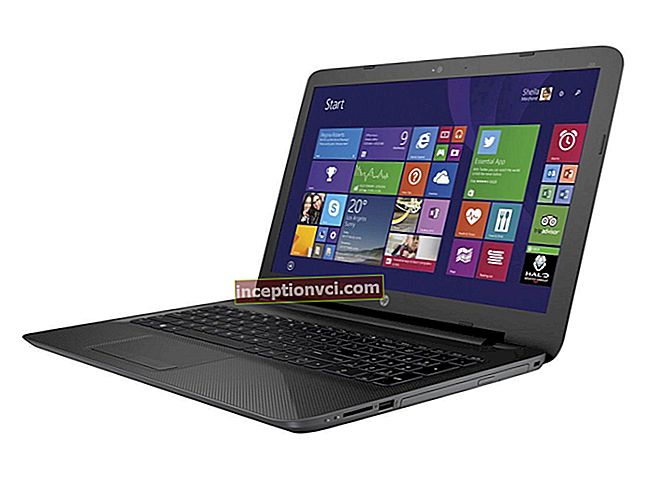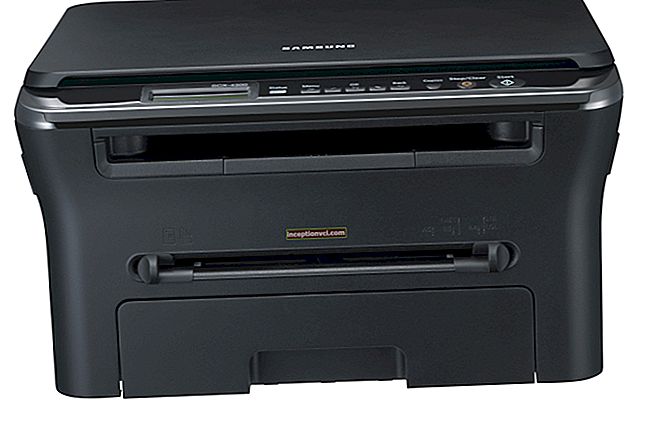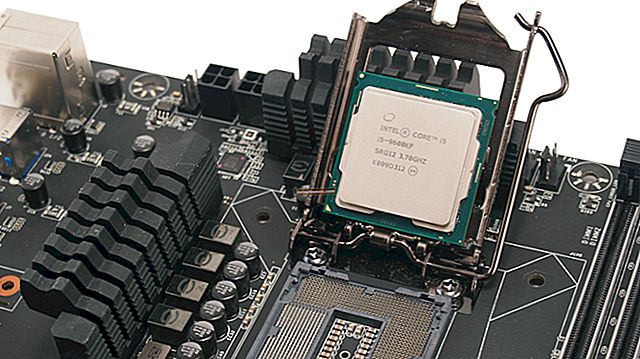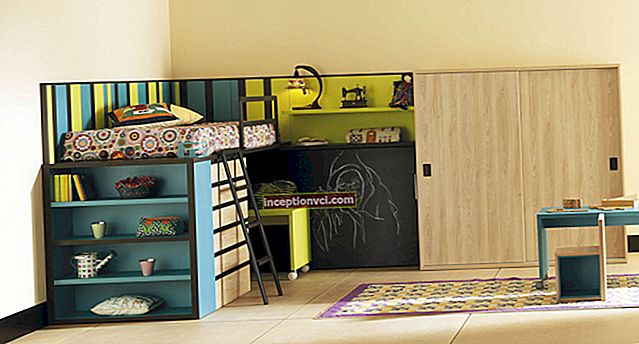BenQ EW2420
BenQ, one of the world leaders in the production of monitors, has presented a new line of monitors with LED backlighting on MVA matrices. One of the first monitors of this line to be tested was a new product: the BenQ EW2420 monitor.
Monitor specifications.
The matrix | AMVA with LED backlight |
Monitor diagonal | 24” |
Image format | 16:9 |
Maximum display resolution | 1920 × 1080 pixels |
Visible area width | 531.36 mm |
Visible area height | 298.89 mm |
Image contrast | Dynamic 20,000,000: 1 |
Declared viewing angles | 178 ° (horizontal) and 178 ° (vertical) up to 10: 1 contrast |
Matrix response time | 8 ms |
Number of displayed colors | 16 777 216 |
Interfaces |
|
Vertical Frequency | 50 Hz - 76 Hz |
Horizontal Frequency | 30 Hz - 83 Hz |
Monitor dimensions (W x H x D) | 581.9 mm x 439.7 mm x 179 mm |
Weight | 6 Kg |
Proprietary technology | Senseye 3 |
Contents of delivery |
|
Appearance

For the manufacture of the plastic frame, which is located around the matrix, plastic with a glossy coating with increased scratch resistance was used. The matte surface of the matrix has an intermediate character in its reflectivity (between matte and glossy-mirror).

Along the entire perimeter of the block there is an insert with a dark silver plastic coating; from below, this insert becomes thicker and takes on a rounded shape. Part of the rear panel and the stand cover are made of black plastic with a glossy finish, which is poorly resistant to scratches, while the central part on the rear panel is made of plastic with a matte surface that has a leather-like texture.

On the right side of the monitor there are 5 control buttons, which are indicated by white inscriptions on the monitor frame.

The power button is located on the right side of the cylindrical part of the monitor bezel. The button is backlit with a status indicator. The backlight does not work if the monitor is not turned on, glows dim green during operation, and orange in standby mode. The location of the button is very convenient - it is very easy to find, it is difficult to press it when you use the menu, and the indicator does not distract your attention from what is happening on the monitor screen. On the left side of the monitor there is a headphone jack, as well as two USB ports,

and on the bottom end there are barely noticeable grilles of built-in speakers. The power connector and monitor connectors are located at the rear in the recess and are oriented downward.


In the lower corner on the back of the monitor, you will find the Kensington lock slot. The stand has a base reinforced with a steel plate. Four rubber feet provide a secure fit on the table, and a relatively large base surface provides good stability. There is one hinge that makes it possible to tilt the monitor slightly forward and slightly more backward.


The stand has a bracket through which, if necessary, you can pass the cables. To use the monitor with a VESA-compliant mount, there are four holes on the back of the monitor.

Commutation
The monitor has the following inputs: VGA (analog), DVI-D (digital with HDCP support), two HDMI connectors (with the ability to perceive video and sound "digitally"). A 3.5 mm minijack jack is used to connect analog audio, exactly the same jack is used to output analog audio.


The monitor is equipped with an automatic input search function, but it is possible to disable HDMI inputs. The monitor has a USB hub with one onboard input and four outputs. It is possible to automatically turn off the monitor after sleep mode after a specified time interval.
Menu, localization and management
Navigating through the menu is inconvenient (perhaps because of the bad layout of the buttons, or perhaps because of the incomprehensible logic of navigation in the menu). While adjusting the image, the menu does not disappear, which makes it difficult to fully appreciate the changes made. If you wish, you can change the location of the menu window on the screen, select the time for automatic exit from the menu and turn on the lock. Another advantage of the monitor is the presence of a Russian on-screen menu. The translation into Russian is done with high quality. The monitor comes with a Quick Start Guide and a CD containing extended PDF manuals.
Image setting
The menu window contains standard settings: Brightness, Contrast, Sharpness, Gamma,Color, there are also additional options for adjusting the image.


Factory settings are found in several profiles, which may not be available depending on the selected signal. DEMO SENSEYE mode is designed to divide the monitor into two halves (original and modified images), where you can see clearly what changes a particular profile makes.

In total, there are two modes of geometric transformation: The whole - forcibly stretches the picture to fill the entire screen area, and Fformat - enlarges the image to the borders of the screen while maintaining the original proportions (the size of the proportions in this case is calculated by pixels, therefore, when viewing PAL and NTSC signals, the images will be slightly distorted).
Adjustment of the image for VGA-connection to the parameters of the VGA-signal is carried out quickly and correctly. Supports resolutions up to 1920 × 1080 pixels inclusive. At low resolutions, interpolation to the matrix resolution is performed without artifacts. When connected in 1920 × 1080 mode with DVI-, as well as with VGA-connection, the stripes through one pixel are clearly visible, there are no artifacts. Feels like the color rendition is correct and rich. The white and black fields are uniform, on the black field there is a very weak illumination with short beams from the corners to the center. Dynamic color mixing (dithering) is not used. In my subjective opinion, the matrix speed is not high enough. Excellent image contrast, wide viewing angle. The monitor performed well when viewing video sequences containing both dark and bright scenes.
Built-in sound
The built-in speakers have a mid-range sound without high or low frequencies. When you add volume, the sound is noticeably distorted. The speakers are muted when the headphones are turned on. In headphones, the sound does not differ much for the better, during pauses there is an extraneous background, there is no volume reserve.
conclusions
In terms of the selection of functions and external design, the BenQ EW2420 monitor is very similar to its older brother, but it has an AMVA type matrix with LED backlighting. The use of this type of matrix has led to an increase in the contrast ratio by several times and to an improvement in viewing angles. But there are two characteristics, based on which we can say that the new monitor from Benq differs for the worse - the response time has increased and when looking at the screen it is impossible to distinguish a couple of the darkest shades. By the totality of its properties, the monitor can be classified as universal, for use in the office and for working with graphics for non-professionals. The monitor is perfect for watching movies (due to its high contrast and large viewing angles) and not bad for games (after all, the low speed of the matrix makes itself felt).
Monitor advantages:
- Excellent image quality
- All the necessary interfaces for connection are on board
- Large viewing angle
- Conveniently located headphone jack
- USB hub
disadvantagesmonitor:
- Low matrix speed
